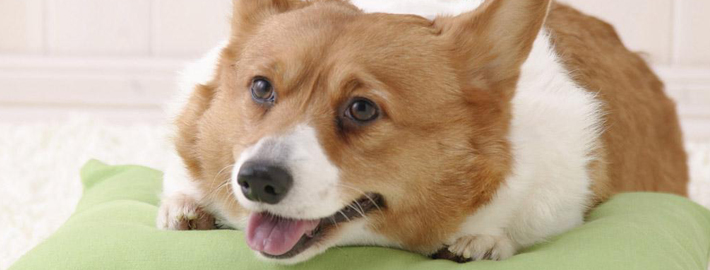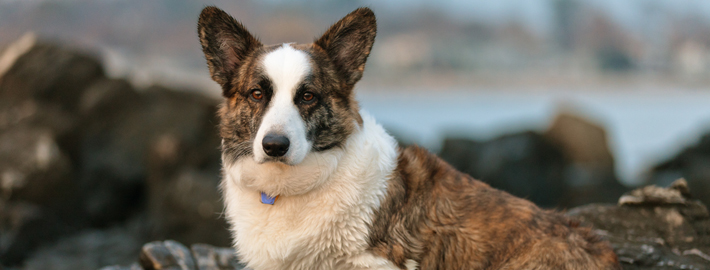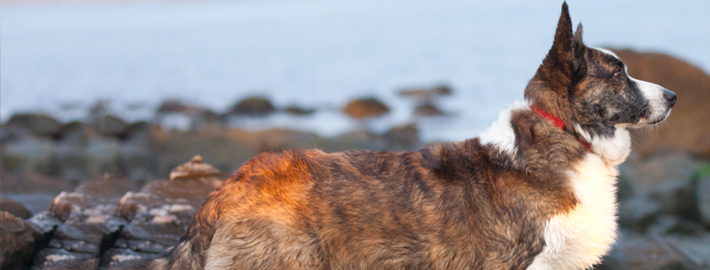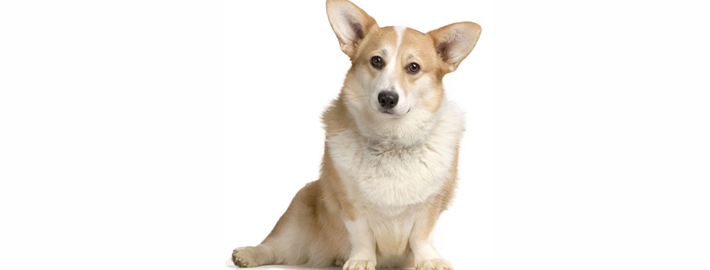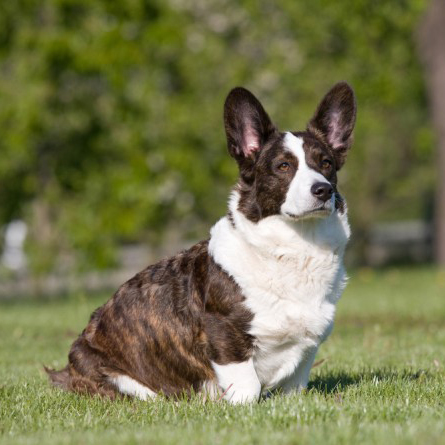What makes the Cardigan Welsh Corgi Unique?
The Cardigan Welsh Corgi is highly intelligent and obedient, able and willing to please its owner. Reliable, dedicated and loving, but can be wary of strangers. Corgis are extremely active and devoted little dogs, and are good with considerate children so long as the dog sees himself below humans in the pack order.
Breed Groups
Page Contents
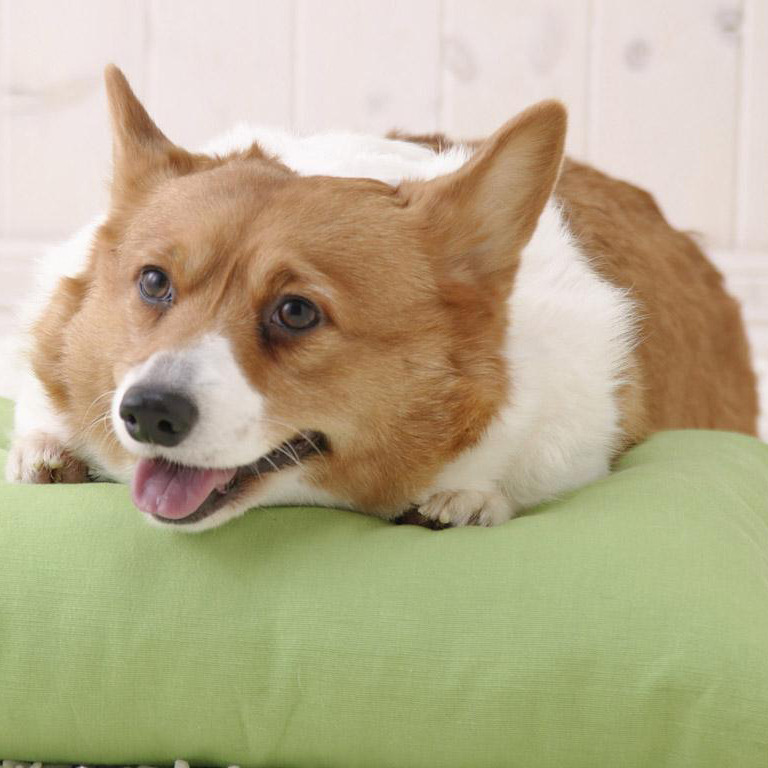
SnapShot
| Size: | Males – 25 to 33 cm (10 to 13 inches) Females – 25 to 33 cm (10 to 13 inches) |
| Weight: | Males – 11 to 14 kg (25 to 30 pounds) Females – 11 to 14 kg (25 to 30 pounds) |
| Origin: | Wales |
| Life Span: | 12 – 15 Years |
| Colour: | Shade of Red, Sable, or Brindle, Black, Brindle or Blue Merle, with or without tan or brindle points. |
| Litter Size: | 4 to 6 puppies |
Is the Cardigan Welsh Corgi Right For You?
In 5 Words
- Devoted
- Alert
- Companionable
- Responsive
- Intelligent
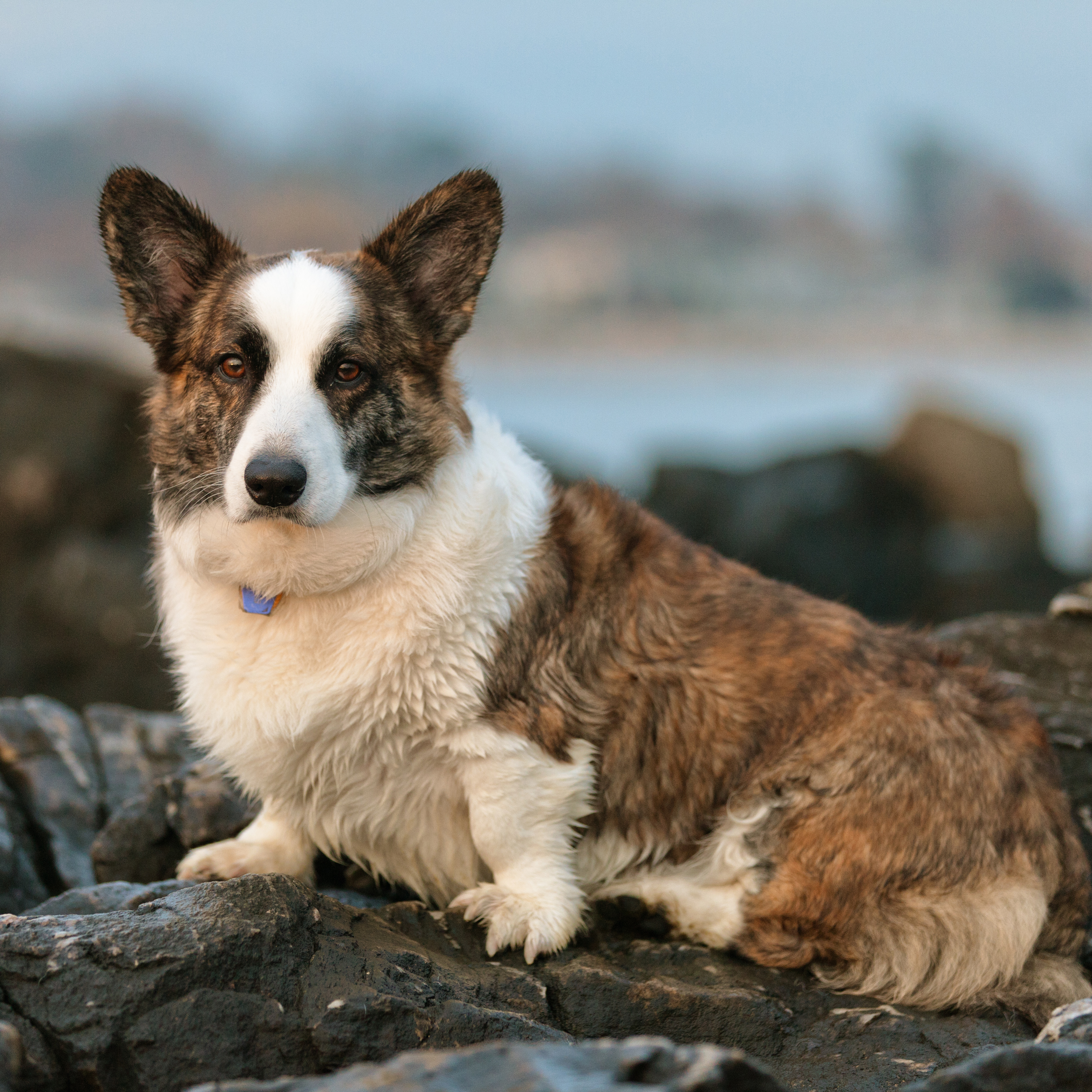
Characteristics
Learn About the Cardigan Welsh Corgi
Description
General Description
The Cardigan Welsh Corgi /ˈkɔrɡi/ is one of two separate dog breeds known as Welsh corgis that originated in Wales, the other being the Pembroke Welsh Corgi. It is one of the oldest herding breeds.
The Cardigan is a long, low dog with upright ears and a fox brush tail. The old American Kennel Club standard called it an “Alsatian on short legs”. The Cardigan’s tail is long (unlike the Pembroke Welsh Corgi, whose tail may be long, naturally bobbed or docked).
Size
An average Cardigan is around 10.5 to 13 inches (260 to 315 mm) tall at the withers and weighs from 30 to 38 lb. (13.6 to 17.2 kg) for the male and 25 to 34 lb. (11.3 to 15.4 kg) for the female.
Coat
Cardigans come in a variety of colors including any shade of red, sable, or brindle, as well as black, with or without tan, brindle or blue merle, with or without tan or brindle points. Other unofficial colors can occur, such as red merle, but these colors are not considered acceptable per the Cardigan standard. They usually have white on the neck, chest, legs, muzzle, underneath, tip of the tail and as a blaze on the head, known as the “Irish pattern.” Other markings include ticking on the legs and muzzle, smutty muzzles and monk’s hoods, especially on sables (a pattern of darker tipped hairs over a basic red coat color.
Short History of the Cardigan Welsh Corgi
The Cardigan Welsh Corgi is older than the Pembroke Welsh Corgi, with the Pembroke being bred out of the Cardigan. Both Corgi varieties may be a descendant of the Keeshond, Pomeranian, Schipperkes and the Swedish Vallhund. Some say the older Cardigan was from Cardiganshire, brought there by the Celts in 1200 BC, whereas the Pembroke’s ancestors were introduced by Flemish weavers to the Celts in the 1100s. Whatever the case may be, the Cardigan and the Pembroke Welsh Corgis were interbred and considered the same breed up until 1934 when a show judge thought they were too different and separated them into two different breeds. After they were separated the Pembroke gained in popularity and is to this day more popular than the Cardigan. The name “corgi” is specific to that type of dog breed in Cymreig (Welsh). Dog in Cymreig (Welsh) is ‘Ci’ or if it is softly mutated ‘Gi,’ hence Corgi. The Pembroke was actually recognized by the AKC a year before the Cardigan. The Cardigan was recognized in 1935 and the Pembroke in 1934. Corgis were used as cattle drivers, vermin hunters and farm guards. They drove cattle by barking and nipping at the cattle’s heels rather than just herding them. The dog’s low stature helped him roll out of the way of kicking cows.
Temperament
Fun-loving and high-spirited, yet easygoing, the Cardigan is a devoted and amusing companion. This is a hardy breed, capable of a day dodging cow kicks, so he is agile and tireless. At home he is well-mannered but inclined to bark. He tends to be reserved with strangers.
Caring for Your Cardigan Welsh Corgi
General Health
Due to poor breeding practices, some breeds are prone to certain genetic health problems, such as hip dysplasia. This doesn’t mean that every dog of that breed will develop those diseases; it just means that they’re at an increased risk. If you’re buying a puppy, it’s a good idea to find out which genetic illnesses are common to the breed you’re interested in, so you can ask the breeder about the physical health of your potential pup’s parents and other relatives.
Care
The Cardigan requires a lot of exercise for its small size. Its exercise needs are best met with a good herding session, but a vigorous play session or a moderate walk is also sufficient. It can easily live outdoors in cool or temperate weather, but it serves as an excellent house-dog and is at its best when allowed to spend time in both the yard and home. Its coat requires brushing once every week to remove dead hair.
Grooming & Bathing
The wiry, medium-length water-resistant coat is easy to groom. Comb and brush with a firm bristle brush, and bathe only when necessary. The coat is shed two times per year.
Exercise & Training
The Cardigan requires a lot of exercise for its small size. Its exercise needs are best met with a good herding session, but a vigorous play session or a moderate walk is also sufficient. It can easily live outdoors in cool or temperate weather, but it serves as an excellent house-dog and is at its best when allowed to spend time in both the yard and home.

